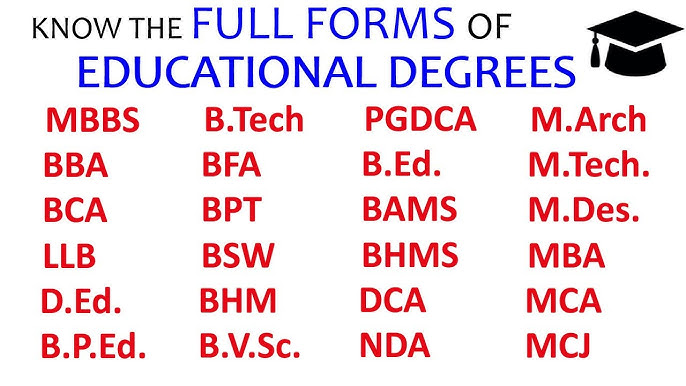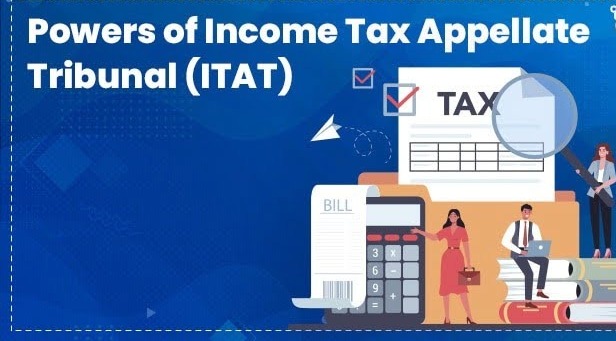S.K. Mahajan, J.
(1) The plaintiff had filed this suit for a declaration that the orders dated September 2, 1959, October 20, 1959, April 1, 1980 and November 13, 1980 passed by different authorities of the Government of India under the provisions of Displaced Persons(Compensation and Rehabilitation) Act, 1954 are illegal, void, without jurisdiction and ultra virus and not binding upon the plaintiff and the said orders do not confer any right, title or interest upon defendants 2 & 3.
(2) Defendant No.1 did not contest the suit and defendant No.3 was proceeded ex parte. Defendant No.2 was already dead as on the date of filing of the suit. One of the order which has been challenged is the order dated 2nd September, 1959, whereby the application of defendant No.2 against the automatic vesting of the property in suit in the custodian was allowed and the case was remanded to the Assistant Custodian (Judicial). The Assistant Custodian (Judicial), by an order dated October 13, 1959, held the property to be the non-evacuee property belonging to defendant No.2 and released the same in his favor. As defendant No.2 was already dead as on the date of filing of the suit, vide order dated 11th December, 1984 his name was deleted from the array of the defendants. Prima facie, it appears that the suit could not proceed in the absence of the legal representatives of defendant
(3) Defendants 1 & 3 had been proceeded ex parte and ex parte evidence of the plaintiff was recorded on 29th July, 1985. On repeated requests for adjournments made by counsel for the plaintiff, the case was being adjourned from time to time for arguments. Case was listed for arguments on 7th January, 1991 when the counsel for the plaintiff made a statement in Court that the plaintiff had since expired and he wanted to take necessary steps in the matter. However, subsequently, Mr. R. K. Saini, Advocate, appeared for the plaintiff on 20th March, 1991 and made a statement in the Court that he had contacted the legal representatives of the plaintiff but they were not interested in pursuing the case and he wanted the suit to be dismissed for non- prosecution.
(4) On 15th May, 1991, Mr. S.K. Bajaj, claiming himself to be the son and legal representative of the deceased plaintiff, filed the aforesaid three applications. The first application was under Order 9 Rule 9 for restoration of the suit; the second was under Order 22 Rule 3 read with Order 1 Rule 10 for substituting his name in place of the deceased plaintiff; and the third application was u/s 5 of the Limitation Act for condensation of delay in filing the application under Order 22 Rule 3.
(5) Under Order 22 Rule 3, in case the plaintiff dies and within the time prescribed by law no application is made for substituting his legal heirs on record, the suit shall abate. The time within which such an application can be filed is ninety days. As no application had been made within the prescribed period for bringing on record the legal representatives of the deceased plaintiff, the suit automatically abated. The first application under Order 9 Rule 9 is, Therefore, not maintainable.
(6) In case, a suit has abated, the remedy open to the legal representatives of the deceased plaintiff is to make an application under Rule 9 for setting aside abatement. Such an application can be made within sixty days of the abatement of the suit. After the expiry of the said period of sixty days from the date of abatement, the remedy available to the legal representatives of the deceased plaintiff is to make an application for setting aside abatement under Order 22 Rule 9 along with an application u/s 5 of the Limitation Act to show sufficient cause as to why such an application could not be filed earlier. Though, in this case, no separate application has been filed under Order 22 Rule 9, I am treating the application under Order 22 Rule 3 to be an application under Order 22 Rule 9 as well as under Order 22 Rule 3.
(7) The only question for decision is as to whether there is sufficient cause for condoning the delay in making the application under Order 22 Rule 3 and Order 22 Rule 9 and for setting aside the abatement.
(8) The case, as set up by the applicant in his application to show sufficient cause, is that the suit was entrusted to Shri P.R. Aggarwal, Advocate, by the plaintiff; the plaintiff died on 28th March, 1990 at Bangalore; an intimation about the death of the plaintiff was duly sent to the counsel by the applicant; he was informed that the deceased had left a Will, according to which the applicant was the sole beneficiary to the estate of the deceased; the applicant bonafide believed that Shri P.R. Aggarwal, Advocate, had taken necessary steps in the suit; Shri P.R. Aggarwal was not keeping well and was not in a position to look after the suit and on 18th April, 1991, Shri P.R. Aggarwal, Advocate, returned the case file of the suit to the representative of the applicant at Delhi, who informed the applicant at Bangalore about the return of the file. On enquiries made by the said representative of the applicant, it came to his knowledge that the suit had been dismissed in default on 20th March, 1991 where after he contacted Mr. Yogesh Malhotra, Advocate. On inspection of the file by Mr.Malhotra on 1.5.1991, it allegedly came to the knowledge of the applicant that the suit was dismissed in default on 20th March, 1991 and no steps had been taken by the counsel to implead the legal heirs of the deceased plaintiff. On these grounds ,it is stated that the delay in filing the applications under Order 22 Rule 3 was not intentional and was due to the reasons stated in the application. The applicant, Therefore, wanted the delay to be condoned and wanted himself to be substituted in place of the deceased plaintiff.
(9) On the facts, as stated in the application, u/s 5 of the Limitation Act, can it be said that there was sufficient cause for the applicant not to file an application for substituting himself as a legal representative of the deceased plaintiff and for setting aside the abatement within the time prescribed by law?
(10) The expression `sufficient cause'' has not been defined either in the CPC or in the Limitation Act. However, it must mean a cause which prevents a person approaching the Court within time is sufficient. In doing so, it is the test of a reasonable man in normal circumstances which has to be applied. A cause for delay which, by due care and attention, the party could have avoided cannot be sufficient cause. A cause arising from the negligence of a party cannot be said to be beyond the control of the party and thus cannot be sufficient cause.
(11) In the present case, it is the case of the applicant himself that on the death of the plaintiff on 28th March, 1990 he had informed the counsel about the death and had also informed him that under a Will alleged to have been executed by the deceased plaintiff, the applicant was sole beneficiary. The applicant has, however, not anywhere stated, either in his application or in the affidavit, as to what steps had been taken by him to implead himself as a party in the suit. It was the duty of the applicant to contact the lawyer who was conducting the case and give him necessary instructions for drafting the application. The application is silent as to what transpired from the date of death to 18th April, 1991, more than a year after the death, and as to whether the applicant had at any time during this period enquired from the lawyer about the progress of the case. It is not even alleged in the application that the applicant had at any time signed any papers authorising the lawyer to make an application on his behalf for being substituted as a party in place of the deceased plaintiff. Even the affidavit of the person who is alleged to have received the file back from Mr. P. R. Aggarwal, Advocate. has not been filed. Nothing has been placed on record to indicate that Mr. P. R. Aggarwal was not well during this period and it was on account of his illness that such application was not filed. Applicant has also not explained as to why statement was made by Mr. R. K. Saini, Advocate on 20th March, 1991 that on being contacted, the legal representatives of the plaintiff had informed him that they were not interested in pursuing the case. It was obligatory upon the applicant to explain this statement. Affidavit of the applicant is silent on this aspect. It does not even say that Mr. Saini was not authorised to make the said statement. It is no doubt true that the expression ''sufficient cause'' should receive a liberal construction so as to advance substantial justice. However, liberal construction will be resorted to only when no negligence or inaction is attributed to the party invoking aid of Section 5 of the Limitation Act.
(12) In my opinion, it is a clear case of negligence and, any cause arising from negligence cannot be a sufficient cause. The applicant has failed to discharge the burden upon him to show that he had acted with due care and attention and was not negligent and careless in the filing of the present application.
(13) I am, Therefore, not inclined to allow any of the applications. The applications are, accordingly, dismissed.

